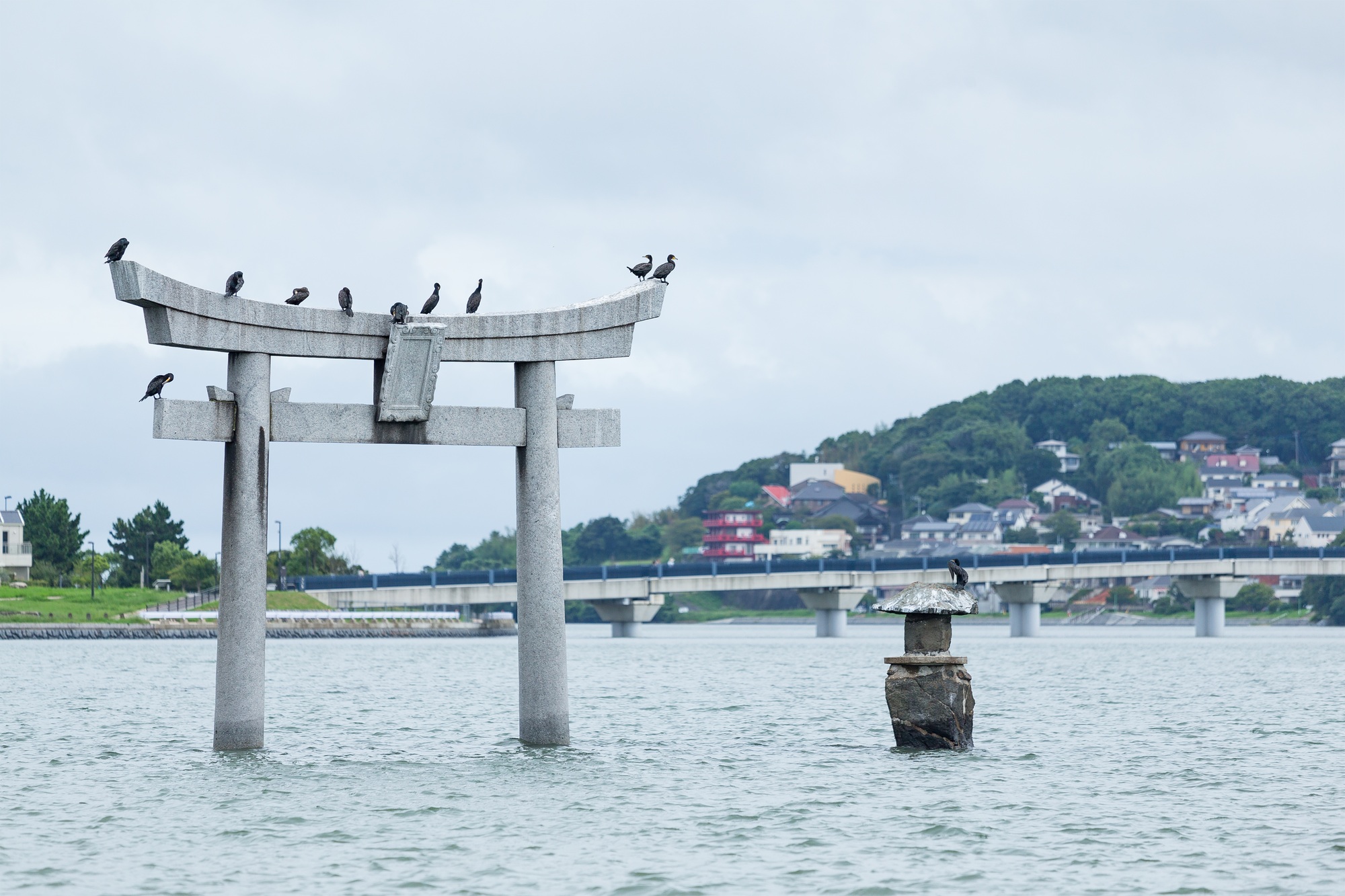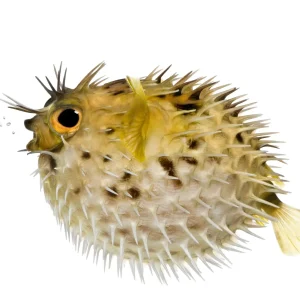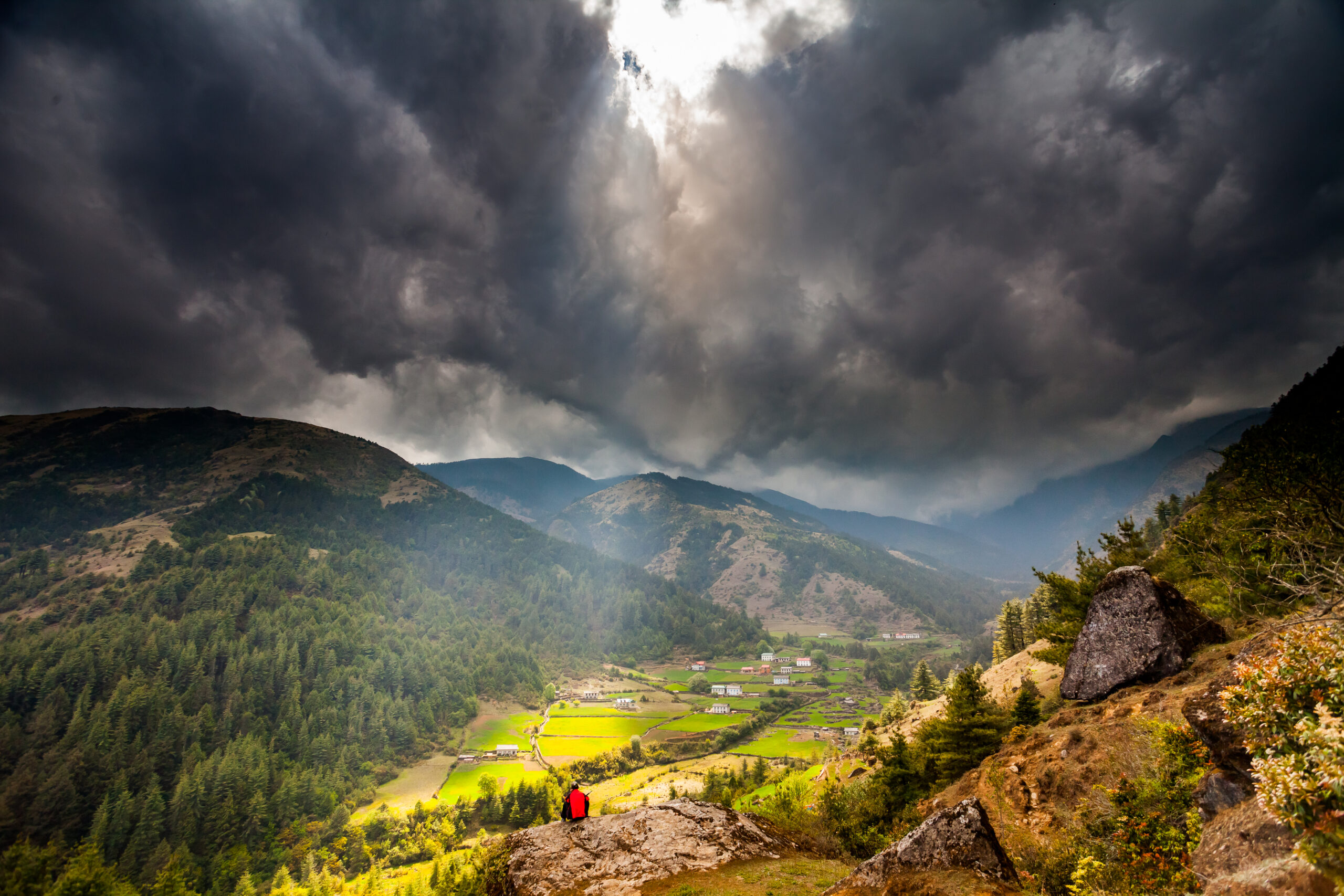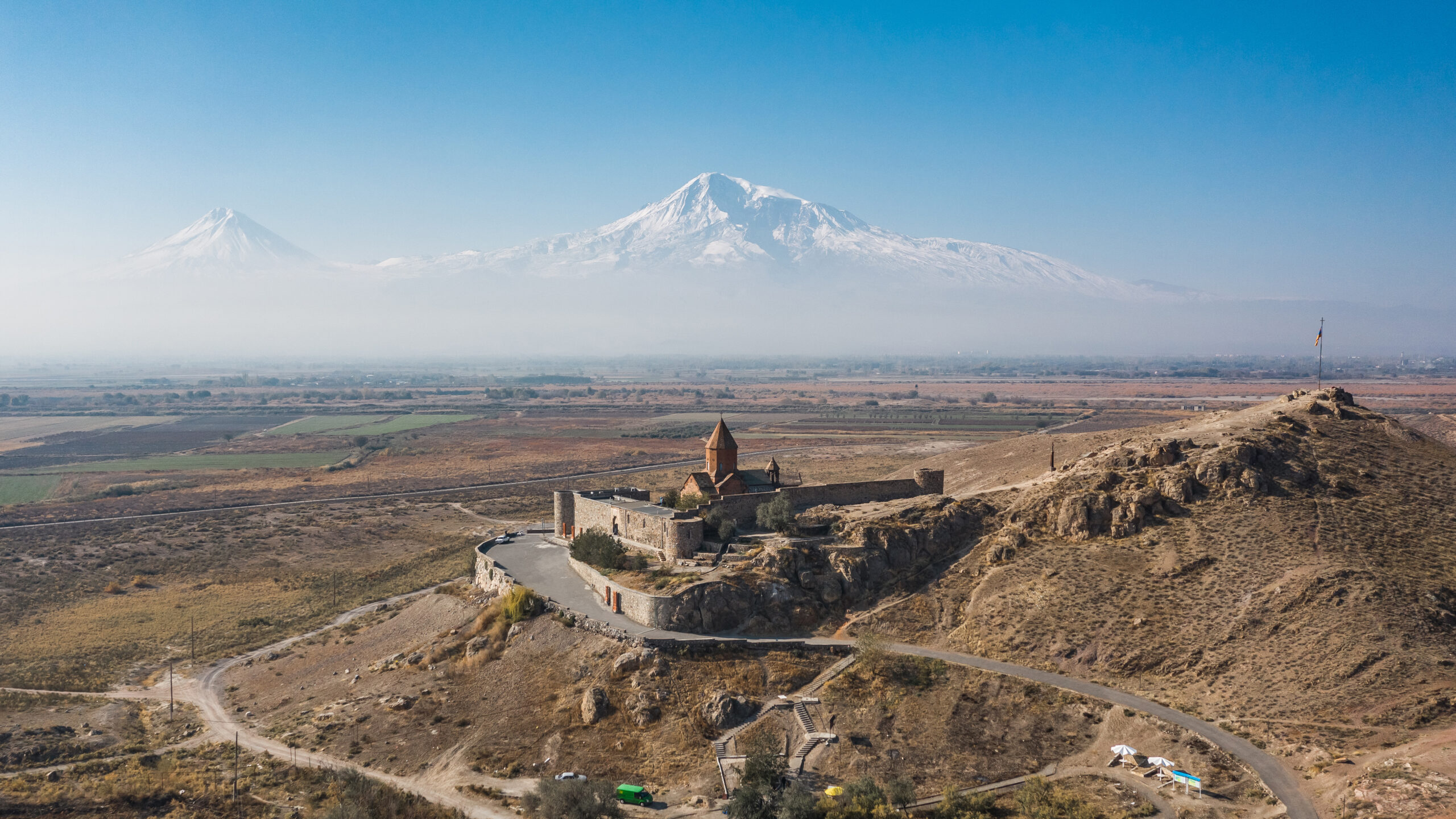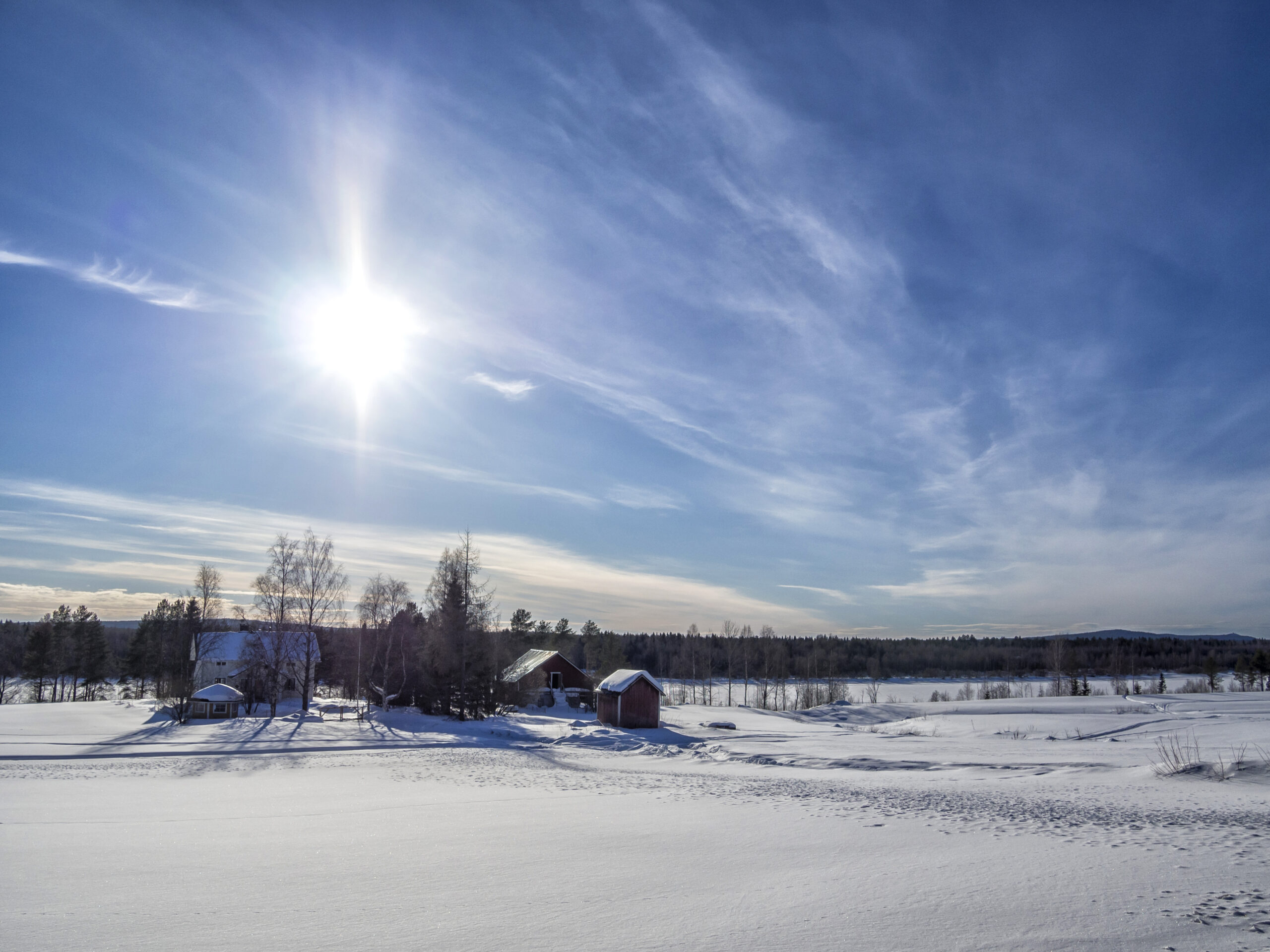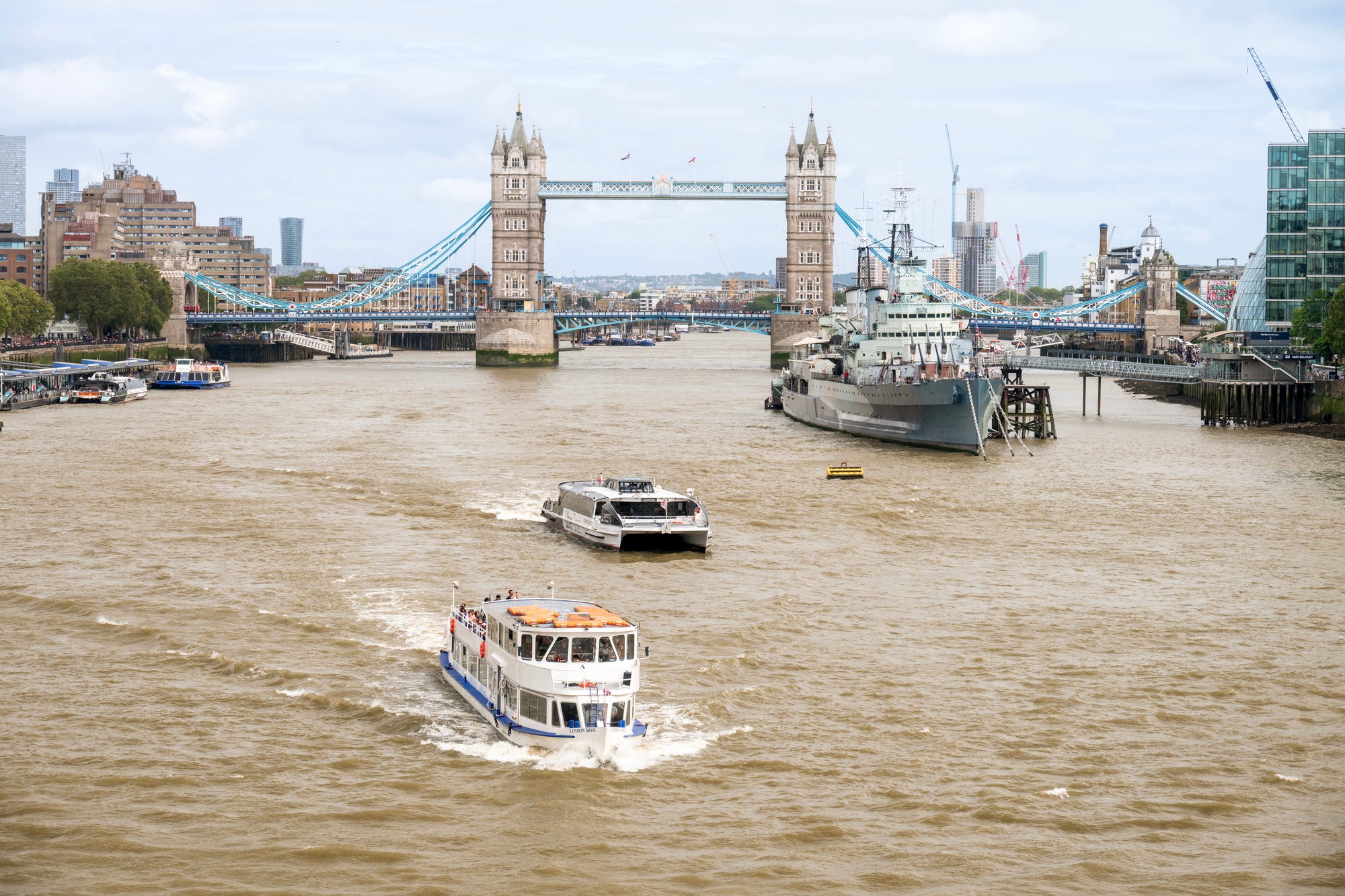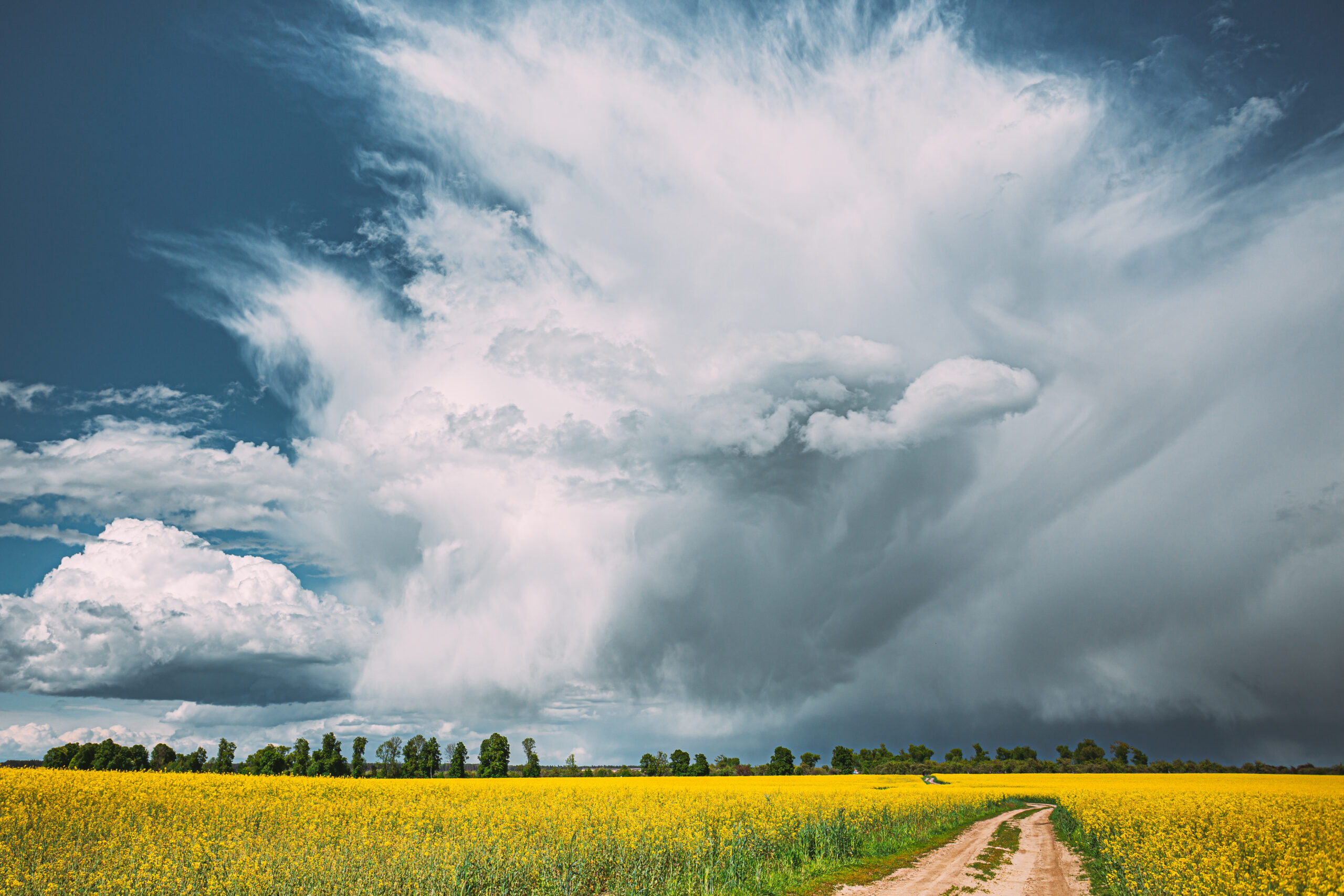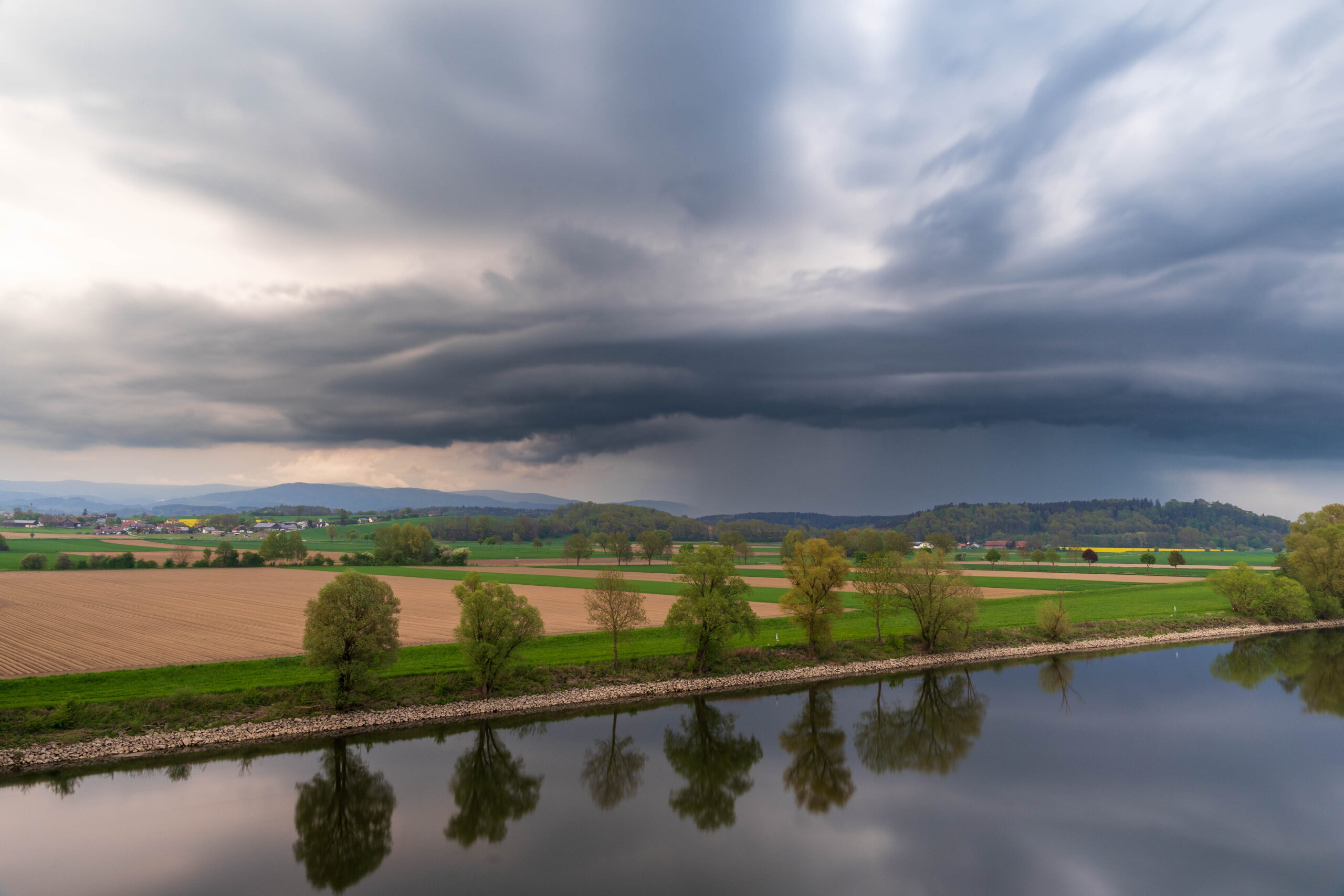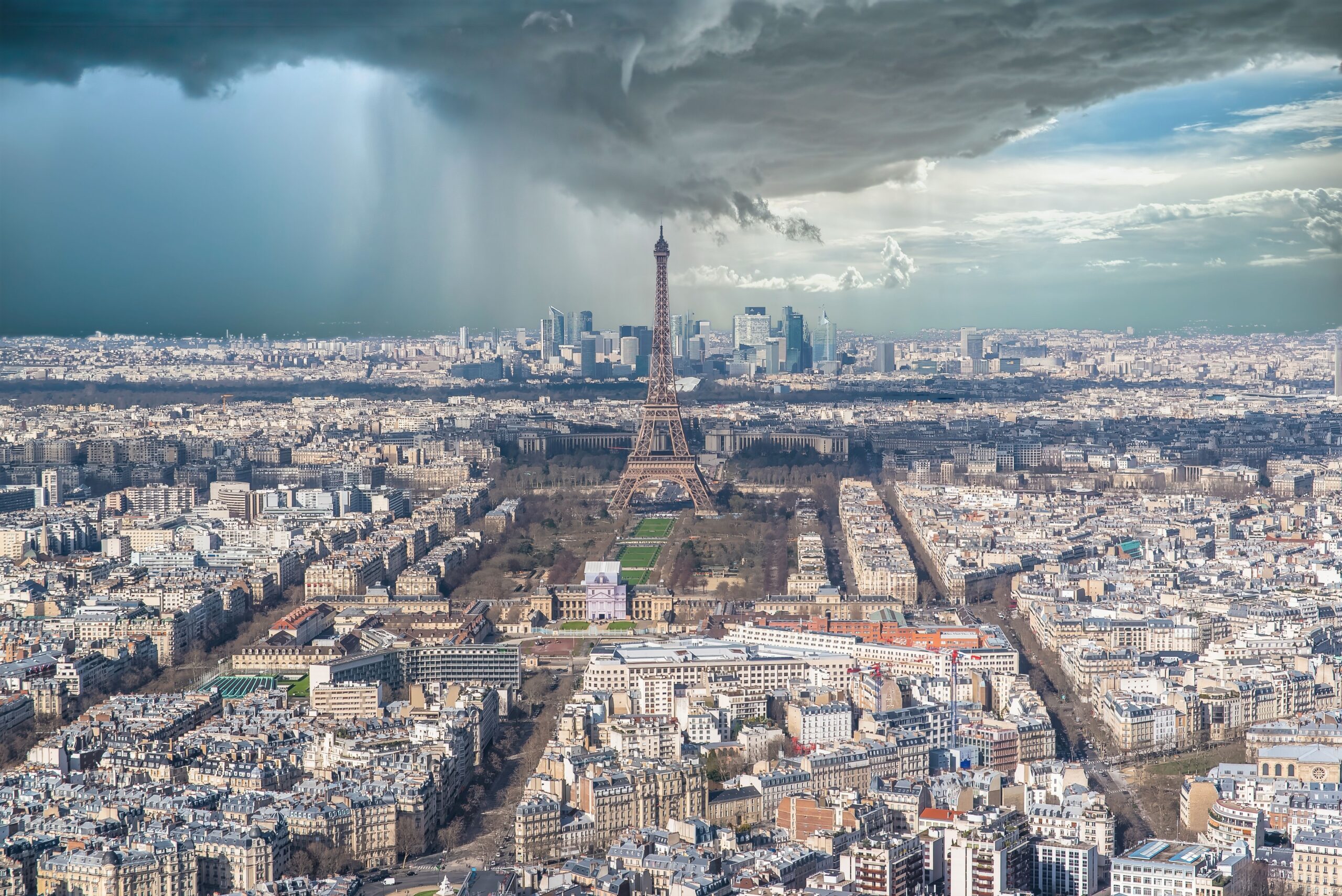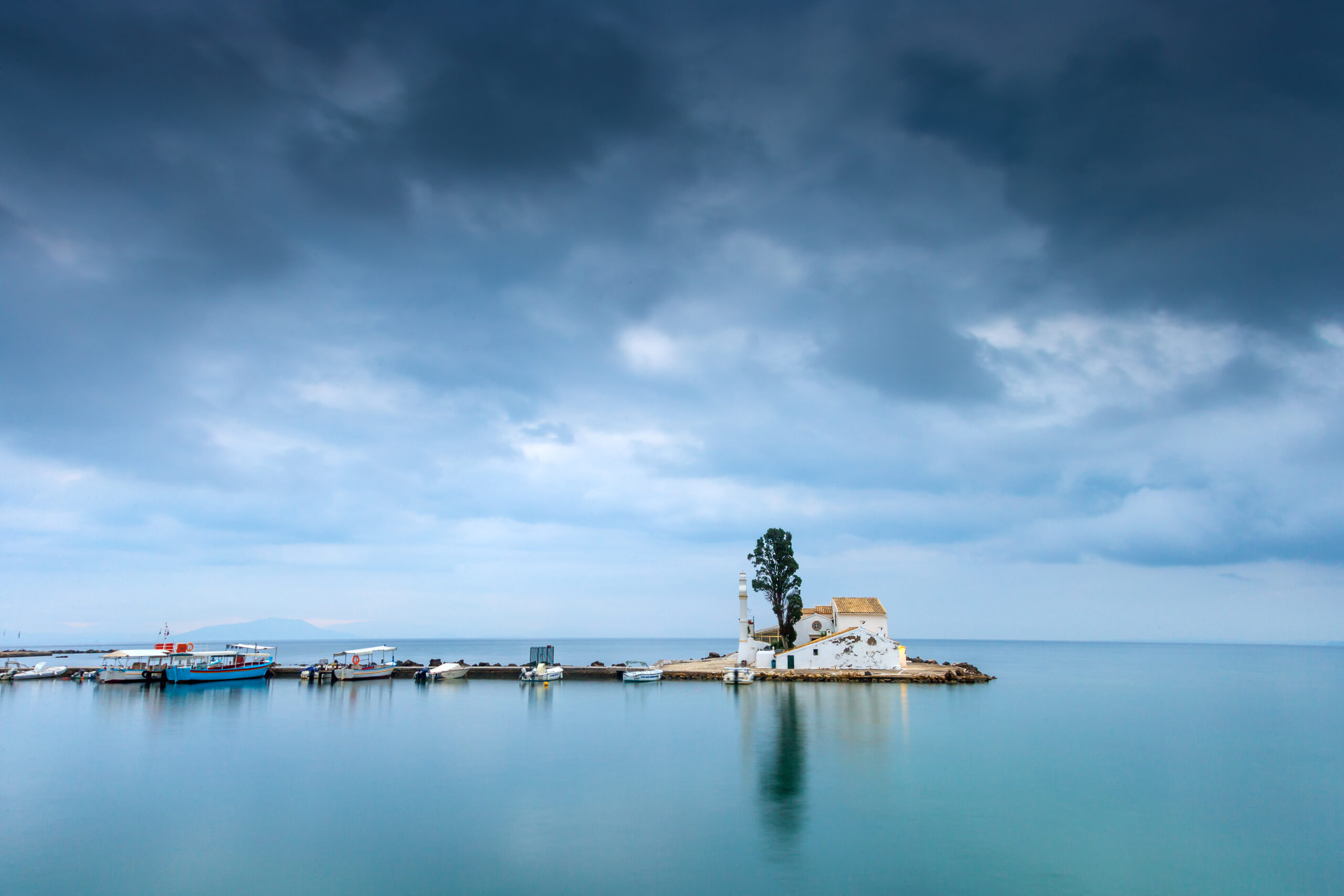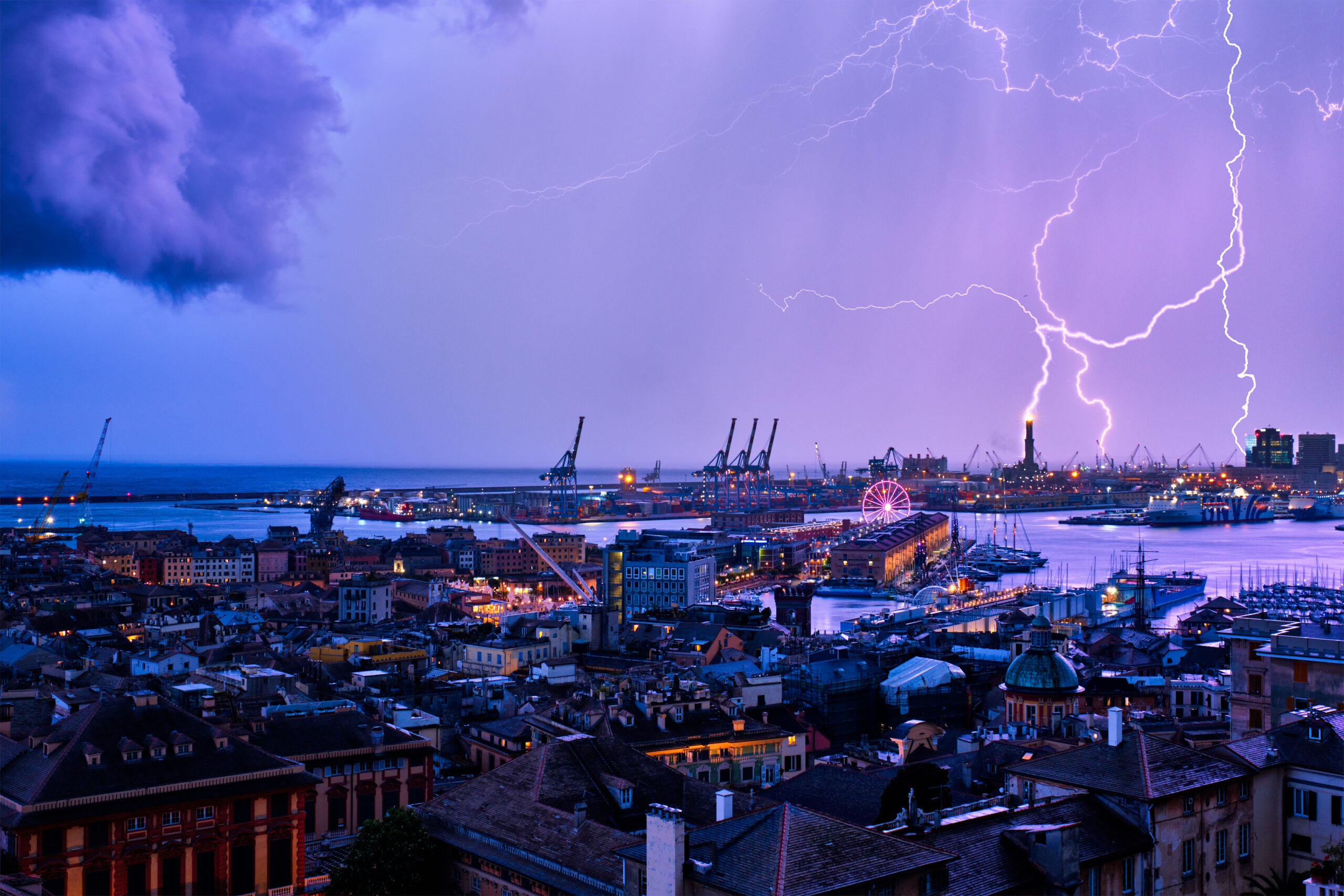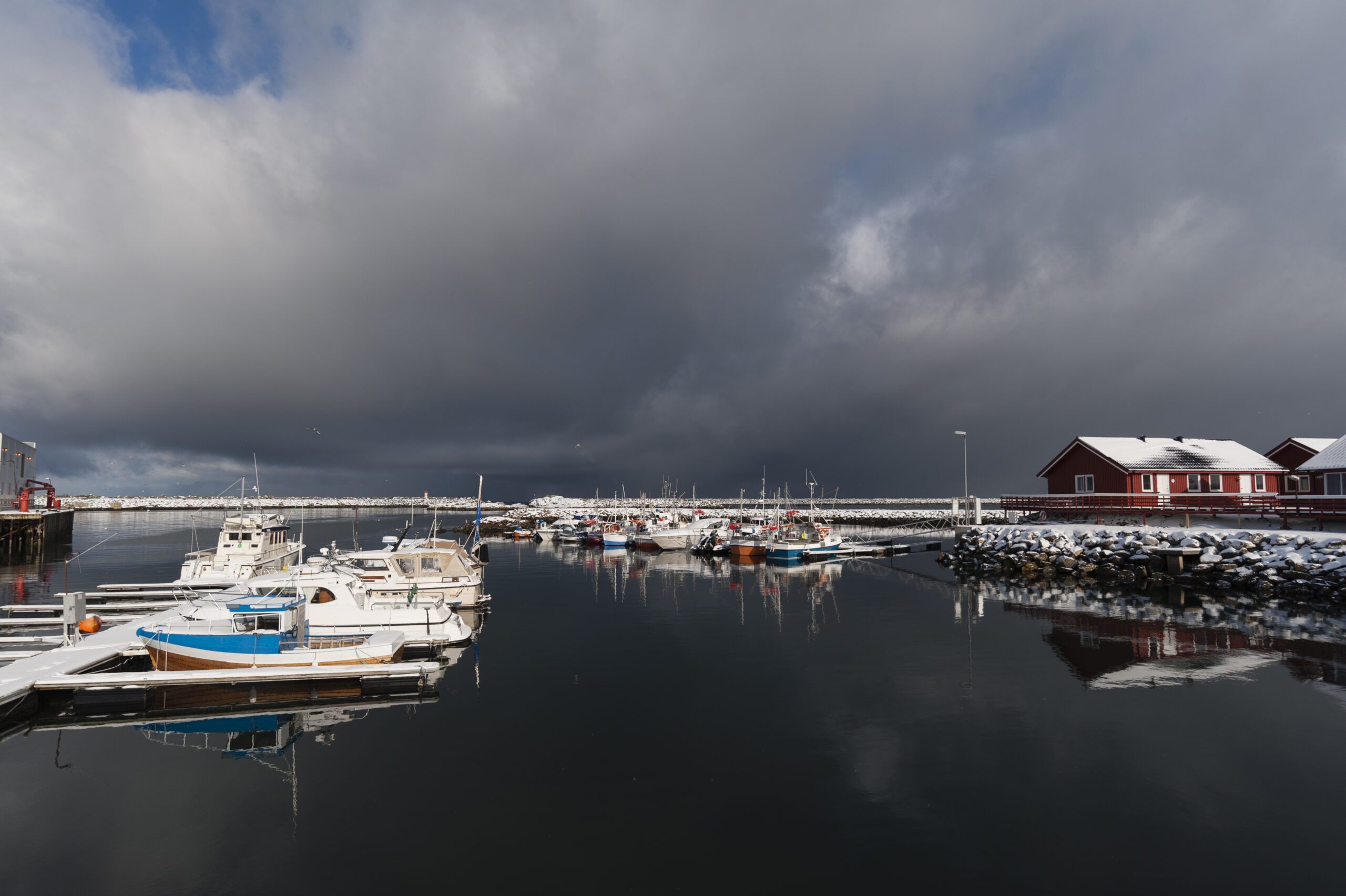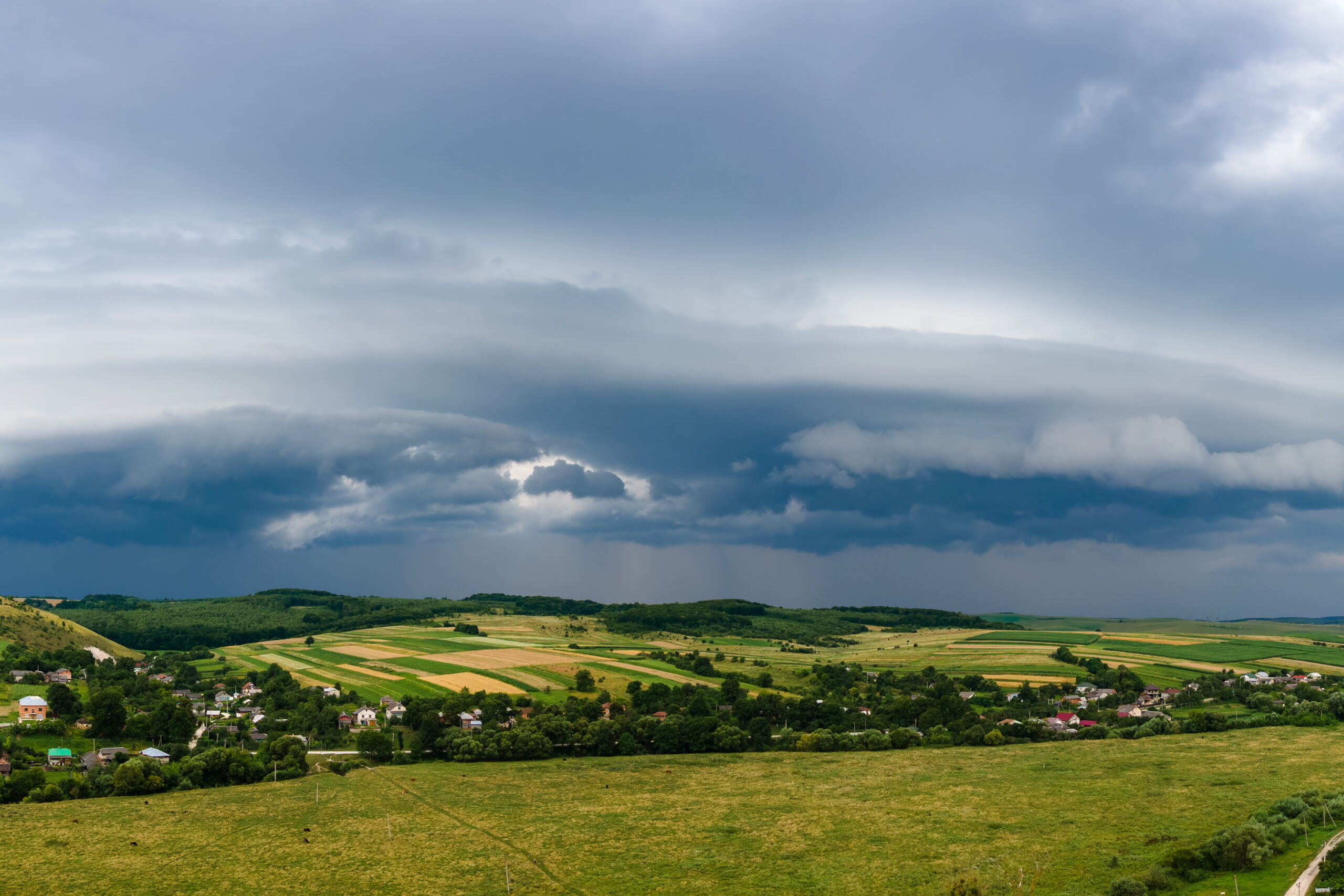- Aries ♈ - November 25, 2025
- Template - November 13, 2025
- Albania Weather Report Free updated Hourly 2025 - September 23, 2025
🇯🇵 Fukuoka Prefecture Weather Report – Month-by-Month Overview
❄️ January
Cool and dry. Fukuoka City averages 3–11°C. Snow is rare in lowlands but possible in mountain areas like Hita. Skies are mostly clear, and rainfall is minimal.
🌨️ February
Still mild. Highs reach 11–13°C, with lows around 4°C. Occasional frost inland. Rainfall remains low, and sunshine hours increase slightly.
🌱 March
Spring begins. Temperatures rise to 13–18°C. Plum blossoms bloom, and rainfall increases. Coastal areas warm faster, while inland valleys stay crisp.
🌸 April
Mild and vibrant. Highs reach 18–23°C. Cherry blossoms peak across the prefecture, especially in Maizuru Park and along the Naka River. Rain showers alternate with sunny spells.
🌼 May
Warm and pleasant. Temperatures climb to 21–26°C. Rainfall is light, and skies are mostly clear. Ideal for hiking, countryside travel, and coastal outings.
☀️ June
Start of the rainy season. Highs range from 24–29°C. Humidity rises, and afternoon showers are frequent. Rivers swell, and vegetation flourishes.
🔥 July
Hot and humid. Temperatures reach 28–34°C. Rainfall peaks early, then tapers off. Summer festivals begin, and evenings stay warm and muggy.
🏖️ August
Still hot. Highs remain between 29–35°C. Rain is infrequent, and sunshine dominates. Beaches and coastal towns are popular for swimming and fireworks.
🍂 September
Transition to autumn. Temperatures ease to 25–31°C. Rain returns gradually, and typhoon activity may affect coastal areas. Nights begin to cool.
🌦️ October
Cooler and clearer. Highs drop to 19–26°C. Rainfall decreases, and autumn foliage begins in the mountains. Ideal for travel and photography.
🌫️ November
Chilly and dry. Highs hover around 14–21°C, with lows near 9°C. Rain is minimal, and foggy mornings are common. Fall colors peak inland.
🎄 December
Winter returns. Temperatures range from 6–13°C. Snow is rare, but mountain areas may see frost. Skies are mostly clear, and festive lights appear in towns.

- Temperature
- Precipitation
- Rain Chance
- Wind
- Humidity
- Pressure
January: Cold and Relatively DryJanuary is Fukuoka’s coldest month, with average temperatures ranging from a low of 3.2°C (37.8°F) to a high of 9.8°C (49.6°F). Nighttime lows can occasionally drop to around -1°C (30°F), and daytime highs may reach 16°C (61°F) during milder spells. Precipitation totals about 75 mm (3 inches) over 11 days, making it one of the driest months. Snowfall is possible, averaging 20 mm (0.79 inches), though accumulations are typically light due to the city’s coastal location. Humidity averages 63%, the lowest of the year, and daylight lasts about 10 hours, with 3.5 hours of sunshine daily. The sea temperature is chilly at 17°C (63°F), unsuitable for swimming. January’s weather is crisp and mostly clear, ideal for indoor activities or winter festivals, though occasional cold snaps may bring sleet or light snow.
February: Mild Transition to SpringFebruary sees a slight warming, with average temperatures between 3.9°C (39°F) and 10.6°C (51.1°F). Lows rarely dip below -1°C (30°F), and highs can reach 18°C (65°F) on warmer days. Precipitation remains low at 71 mm (2.8 inches) over 11 days, with light snowfall possible (10 mm on average). Humidity stays at 64%, and sunshine increases to 4.5 hours per day, with daylight extending to 11 hours. The sea temperature drops to its annual low of 16°C (61°F). February’s weather signals the approach of spring, with intermittent rain and occasional frosty mornings. Cherry blossom anticipation begins, though blooming is still weeks away. Outdoor activities are feasible, but warm clothing is advised.
March: Spring AwakeningMarch marks the transition to spring, with temperatures ranging from 6.7°C (44.1°F) to 14°C (57.2°F). Highs can climb to 22°C (72°F), while lows rarely fall below 1°C (33°F). Rainfall increases to 104 mm (4.1 inches) over 11 days, reflecting the shift to wetter spring conditions. Snow is rare by late March. Humidity remains at 62%, and sunshine averages 5 hours daily, with daylight at 12 hours. The sea temperature is 16.7°C (62°F), still too cold for swimming. Cherry blossoms typically begin blooming around late March (peak around March 28–29), making it a picturesque time for visitors. Mild temperatures and moderate rain make March suitable for outdoor exploration, though an umbrella is recommended.
April: Full Spring BloomApril brings vibrant spring weather, with temperatures between 10.6°C (51.1°F) and 19.2°C (66.6°F). Highs can reach 26°C (79°F), and lows rarely drop below 4°C (40°F). Rainfall rises to 120 mm (4.7 inches) over 11 days, supporting the lush cherry blossom displays. Humidity averages 63%, and daylight extends to 13 hours, with 6 hours of sunshine daily. The sea temperature warms to 17.8°C (64°F). April is one of the best months to visit Fukuoka, with mild temperatures, blooming cherry trees, and festivals like Hanami. Outdoor activities, such as park visits and hiking, are highly enjoyable, though rain gear is advisable.
May: Warm and PleasantMay offers warm, pleasant weather, with temperatures ranging from 15°C (59°F) to 23.5°C (74.3°F). Highs can hit 29°C (85°F), and lows rarely fall below 10°C (50°F). Rainfall is moderate at 135 mm (5.3 inches) over 10 days. Humidity rises to 65%, and daylight reaches 13.9 hours, with 6.5 hours of sunshine daily. The sea temperature is 19.4°C (67°F), still cool for swimming. May is ideal for sightseeing, with long daylight hours and comfortable conditions. Outdoor festivals and cultural events are popular, though occasional showers may occur. This month, alongside April, is a top choice for visiting Fukuoka due to its mild climate and natural beauty.
June: Onset of Summer and Rainy SeasonJune marks the start of summer and the rainy season (Baiu), with temperatures between 19.4°C (66.9°F) and 26.5°C (79.7°F). Highs can reach 32°C (90°F), and humidity climbs to 73%. Rainfall peaks at 248 mm (9.8 inches) over 13 days, the wettest period of the year. Daylight is at its longest, around 14.3 hours, but sunshine drops to 5 hours daily due to cloud cover. The sea temperature rises to 22.2°C (72°F), becoming marginally suitable for swimming. June’s high humidity and frequent rain can make outdoor activities challenging, though traditional summer festivals begin. Visitors should prepare for wet conditions and high humidity.
July: Hot, Humid, and RainyJuly is Fukuoka’s wettest month, with 300 mm (11.8 inches) of rain over 12 days. Temperatures range from 23.3°C (73.9°F) to 30.7°C (87.3°F), with highs occasionally hitting 35°C (95°F). Humidity peaks at 74%, creating muggy conditions. Daylight remains long at 14 hours, with 5.5 hours of sunshine daily. The sea temperature reaches 25.6°C (78°F), suitable for swimming. July’s heat, humidity, and heavy rain, combined with a 3.9% typhoon risk, can disrupt outdoor plans. However, vibrant street festivals like Hakata Gion Yamakasa attract visitors. Rain gear and lightweight clothing are essential.
August: Hottest MonthAugust is Fukuoka’s hottest month, with temperatures between 24.8°C (76.6°F) and 31.6°C (88.9°F), occasionally reaching 38°C (100°F). Rainfall decreases slightly to 211 mm (8.3 inches) over 11 days, and humidity remains high at 73%. Daylight shortens to 13.5 hours, but sunshine peaks at 6.5 hours daily. The sea temperature hits its annual high of 27.8°C (82°F), ideal for swimming. August has a 6.8% typhoon risk, the highest of the year. Despite the heat, it’s a lively month with festivals and beach activities, though visitors should stay hydrated and monitor weather alerts.
September: Cooling Autumn BeginningsSeptember brings a cooling trend, with temperatures from 20.6°C (69.1°F) to 27.8°C (82°F). Rainfall drops to 175 mm (6.9 inches) over 11 days, but the 4.9% typhoon risk persists. Humidity is 73%, and daylight decreases to 12.4 hours, with 5.5 hours of sunshine. The sea temperature remains warm at 26.7°C (80°F). Autumn foliage begins to appear, and the weather becomes more comfortable for sightseeing. However, typhoon preparedness is crucial. September offers a balance of warm days and cooler evenings, ideal for exploring Fukuoka’s parks and cultural sites.
October: Mild and ComfortableOctober is a pleasant month, with temperatures between 15.6°C (60.1°F) and 23°C (73.4°F). Rainfall further decreases to 94 mm (3.7 inches) over 8 days, and humidity drops to 70%. Daylight is 11.3 hours, with 5.5 hours of sunshine. The sea temperature is 23.9°C (75°F). With a low 1.2% typhoon risk, October is one of the best months for outdoor activities, offering crisp air and vibrant autumn colors. Festivals and hiking are popular, with minimal weather disruptions.
November: Cool and CrispNovember sees cooler temperatures from 9.6°C (49.3°F) to 17.6°C (63.7°F). Rainfall is 89 mm (3.5 inches) over 10 days, and humidity averages 70%. Daylight shortens to 10.4 hours, with 4.5 hours of sunshine. The sea temperature drops to 22.2°C (72°F). November’s crisp weather and colorful foliage make it ideal for sightseeing and cultural events. Light jackets are recommended for cooler evenings.
December: Winter’s ReturnDecember brings winter back, with temperatures between 5.6°C (42.1°F) and 12.5°C (54.5°F). Precipitation is low at 71 mm (2.8 inches) over 10 days, and light snow is possible. Humidity is 67%, daylight is at its shortest (10 hours), and sunshine averages 4 hours daily. The sea temperature is 19.4°C (67°F). December’s chilly but manageable weather suits indoor activities and winter festivals, with occasional snow adding charm.
Best Time to VisitThe best times to visit Fukuoka are April–May and October–November, when mild temperatures (14–23.5°C) and moderate rainfall (94–135 mm) create ideal conditions for outdoor activities and sightseeing. Cherry blossoms in April and autumn foliage in November enhance the city’s appeal. The worst times are June–July, due to heavy rain (248–300 mm) and high humidity (73–74%), which can hinder outdoor plans.
ConclusionFukuoka’s weather varies significantly by month, from cold, dry winters to hot, rainy summers. Spring and autumn offer the most comfortable conditions, while summer brings challenges with heat, humidity, and typhoon risks. Understanding these patterns helps visitors and residents plan effectively, whether for festivals, outdoor adventures, or daily life. Always check short-term forecasts, especially during the rainy season or typhoon-prone months, to ensure a safe and enjoyable experience.

